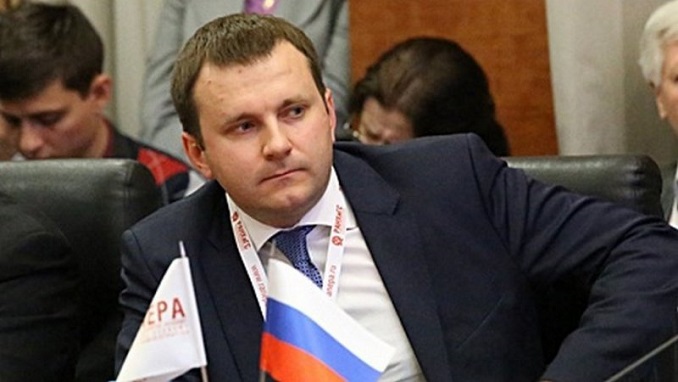Next year’s expected VAT (value-added tax) rate increase will slow Russia’s economic growth from 1.9% in 2018 to 1.4% in 2019, while investment and real wage growth will drop from 3.5% and 6.3% to 3.1% and 1%, respectively, Vedomosti reported citing an outlook by the country’s Economic Development.
The adjusted macroeconomic outlook subjected to the government, two officials in the financial and economic bloc told the paper. Further on, economic growth will accelerate nearing 3% in 2022, provided that annual investment growth reached 6% starting in 2020, sources said.
On Wednesday, Economic Development Minister Maxim Oreshkin said that the plan is to meet those targets by raising investments using the Development Fund finances, boosting corporate lending, encouraging people to save more, and companies – to allocate earnings for investments.
The government’s initiative for a VAT rate hike to 20% from 18% starting in 2019 is expected to bring 620 billion rubles ($9.8 billion) worth of additional revenues to the Russian budget annually starting next year.
The generated funds are planned to be allocated for the development of infrastructure and new sectors of the economy. Oreshkin said earlier this week that capital investment growth should be raised to 6% per year in order to meet the target of increasing the share of investments in GDP from 21% to 25% by 2024 as has been requested by President Putin.
According to the minister, the plan of action on boosting capital investments and raising their share to 25% of GDP is being drafted and is almost ready for final approval. It contains a set of measures aimed at improving the country’s investment climate and access to infrastructure, as well as changes in the structure of expenditures and financing of the Russian economy.












